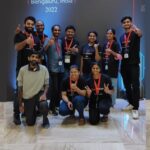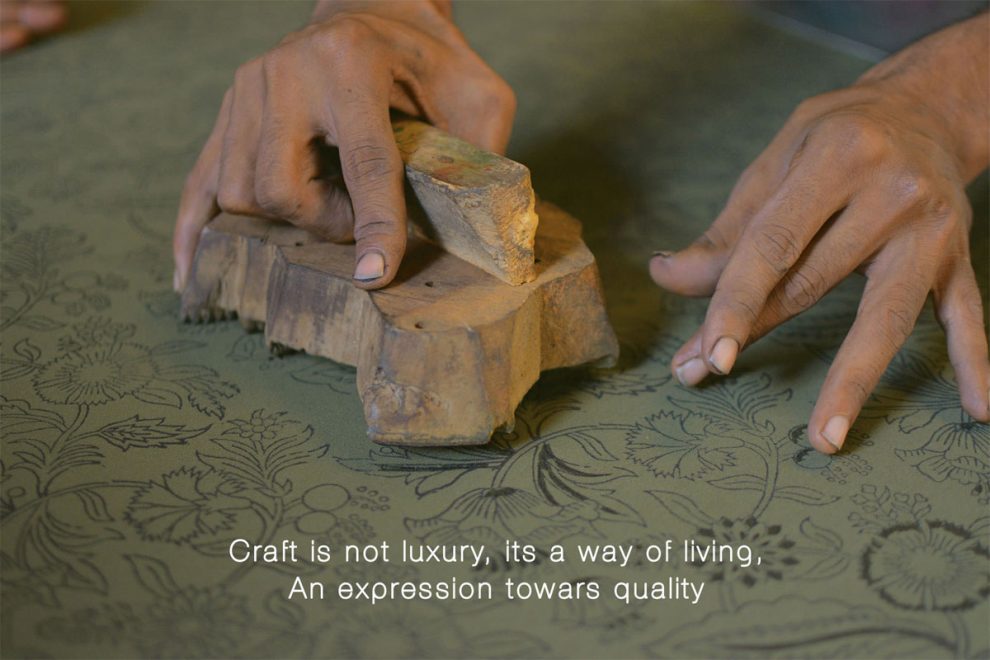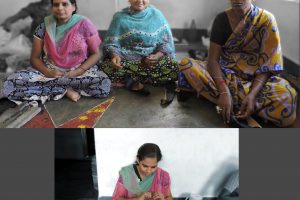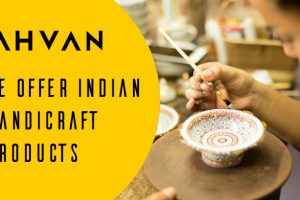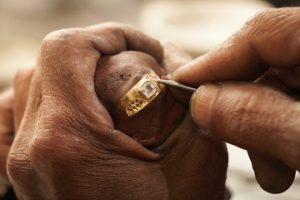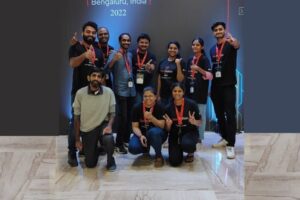Journey of two NIFTians to create a sustainable brand
India holds a rich cultural heritage. The handicraft of India is diversified and reflects the cultural heritage of the country. The craft societies have majored in traditions that revolve around respective skills and regions. However, the craft faces threats as people become driven towards cheap, mass-produced goods. It not only has led to a decline in the handicraft industry, but it has also made the rural artisans vulnerable.
Fusing style with artisanship can assist in regenerating the village and community culture. Furthermore, it will also enhance the worth of the products. Keeping this idea in mind, the two NIFTians kickstarted their journey towards emerging as a sustainable handcraft brand.
Let the journey begin!
The journey of two NIFTians began when they completed their degree from NIFT Chennai and Bhubaneshwar, respectively. Their interest in craft dates back to their college time. After completing their degree, they started working at the same place to furnish their creativity. Soon, they became friends and shared their zest and mutual feelings towards handicrafts.
It provided a basis and helped them address the emerging bugs related to environmental and ethical principles linked with rural artisans and their artwork with WhatIf studio. Also, it realized the need to incorporate sustainable and environment-friendly processes in handicraft production. Moreover, they also wished to strategize the economic problems related to the livelihood of rural artisans.
Thus, the two aspirants marched towards developing a brand that draws the exotic heritage of handicrafts. This approach resembles a subtle market towards sustainability flaws associated with the livelihood of artisans and fashion. At the same time, it values natural and handcraft as a superior approach.
Why sustainable?
We do not possess the luxury of ignoring solutions to climatic changes or eco-friendly practices. The current trends depict that consumer drives towards brands that focus on sustainability. Consumers realize the importance of responsible and eco-friendly business practices.
Building a sustainable brand- WhatIf Studio
Building a handicraft brand demands a different approach as compared to regular business. The founders had to build from scratch. Thus, they ensured that plan efficiently to create a strong base. Let’s go through the various phases of their journey.
What will our brand offer?
The first question popping into their mind was what their brand will offer to its customers.
They aimed at globalizing handicrafts. Their approach focused on eco-friendly products, green fashion, and sustainable livelihood. Successively, they developed a brand that offers sustainable activewear, exotic lamps, lightings, planters, pots, decorative, and more.
Recognizing focus areas
Some areas need to be focused on while developing a sustainable brand. Some of them included using eco-friendly fabric for activewear, using biodegradable wrappings, using recyclable materials for handicrafts, and more.
Deciding business model
The brand helped the artisans who are determined to earn a sustainable livelihood and welcome the advancements of the world warmly. The brand delivered specifications, knowledge, training, materials, and technical details to them. The brand received the delivery from those artisans, checked it for quality, and sold it to the customers. This helped in paying the artisans what they deserve by eliminating extra fees and commissions to local men or traders. Also, it delivered unadulterated products made from pure talent.
Raising platform
It is necessary to communicate your creativity and idea of friendly sustainability to the world. The best way is to showcase it on an online platform. Using their creative vibes, the founders developed a website where they can exhibit their handicrafts.
Associating with customers
Customer satisfaction is the key to a brand’s success. The administration had a curious ear to what their customer has to say about their brand. This helped them to rectify and evolve. Also, it increased association along with loyalty to the customers.
Associating with artisans
Taking reviews from the customers and working with artisans to cater to consumers’ needs is vital. The administration works in affinity with the artisans and assists them in every process of manufacture.
Designing process
Every piece needs to be authentic and unique. Thus, it requires hard work, patience, and several amendments. The administration started taking inspiration from the surroundings, nature, heritage, and culture and blended it with authenticity to deliver a high-quality product.
Addressing problems
Nothing in this world comes the easy way. Right from ditching their job, to building a successful brand, the founders faced hurdles in every phase.
It is challenging to ditch one’s job, especially during the difficult times of the pandemic. Where the word advised them to go for some government job, they enthusiasts started their quest. They had to face issues such as less flow of income, inadequate techniques, less-explored designs, and when people played dirty politics. However, they were consistent and determined, which helped them to overcome their problems.
Results
The result was a successful, sustainable, and environment-friendly brand that globalized handicrafts not only as a means of luxury but also as a useable product. It employed the rural artisans and generated economic support to the unorganized handicraft sector of the country while representing the country’s heritage globally.
With the progress in time, it developed as an eco-friendly brand under SDG8, got certified by ISO, and became a member of ITC.



